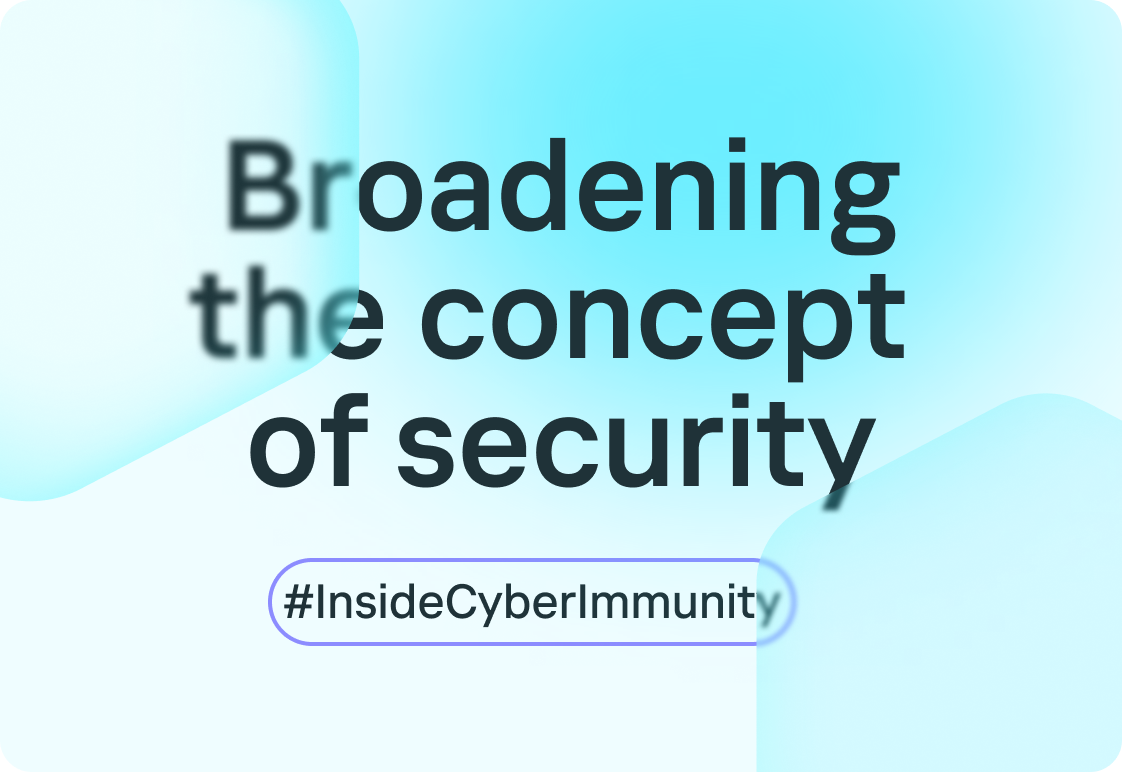
As the world of information technology (IT) merges with that of operational technology (OT), the concept of security is growing.
The machine was not built with information security in mind, and the website was not built with functional security and fault tolerance in mind. But the system as a whole must take all these aspects into account.
IT systems used to focus primarily on three aspects: integrity, confidentiality and availability. Now, functional security, resilience, reliability, and many, many other aspects of security need to be considered.
For example, the Industrial Internet Consortium, in its document on security for the IIoT, identifies five key aspects of a cybersystem in the context of security (trustworthiness): safety, privacy, security, reliability, resilience. In addition to these key aspects, it states that others may also be important.
Interestingly, there is even a separate term, “ility”, derived from the endings of words such as stability, reliability, usability, and others applied to modern cybersystems. We can count about one and a half hundred such terms, and the vast majority of them relate to security in one way or another.
As the concept of security has expanded, the number of security issues has also expanded. There are more of them, both in the cybersystems themselves and in the organization of their development, maintenance and support.
Therefore, it is especially important to create Secure by Design systems by embedding security into the design. The Cyber Immune approach helps solve this problem.

As the world of information technology (IT) merges with that of operational technology (OT), the concept of security is growing.
The machine was not built with information security in mind, and the website was not built with functional security and fault tolerance in mind. But the system as a whole must take all these aspects into account.
IT systems used to focus primarily on three aspects: integrity, confidentiality and availability. Now, functional security, resilience, reliability, and many, many other aspects of security need to be considered.
For example, the Industrial Internet Consortium, in its document on security for the IIoT, identifies five key aspects of a cybersystem in the context of security (trustworthiness): safety, privacy, security, reliability, resilience. In addition to these key aspects, it states that others may also be important.
Interestingly, there is even a separate term, “ility”, derived from the endings of words such as stability, reliability, usability, and others applied to modern cybersystems. We can count about one and a half hundred such terms, and the vast majority of them relate to security in one way or another.
As the concept of security has expanded, the number of security issues has also expanded. There are more of them, both in the cybersystems themselves and in the organization of their development, maintenance and support.
Therefore, it is especially important to create Secure by Design systems by embedding security into the design. The Cyber Immune approach helps solve this problem.